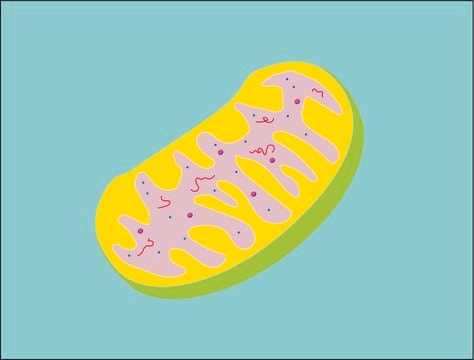MAK147
Mitochondrion Membrane Potential Kit
sufficient for 500 fluorometric tests (orange fluorescence, microplate readers)
Autenticatiper visualizzare i prezzi riservati alla tua organizzazione & contrattuali
About This Item
Codice UNSPSC:
12161503
NACRES:
NA.25
Prodotti consigliati
impiego
sufficient for 500 fluorometric tests (orange fluorescence, microplate readers)
Metodo di rivelazione
fluorometric
Malattie correlate
cancer
Temperatura di conservazione
−20°C
Categorie correlate
Descrizione generale
Mitochondria generate a potential across their membranes due to the activities of enzymes of the electron transport chain. During apoptosis, collapse of the mitochondrial membrane potential (MMP) coincides with the opening of the mitochondrial permeability transition pores, leading to the release of cytochrome c into the cytosol, which in turn triggers other downstream events in the apoptotic cascade.
Applicazioni
Mitochondrion Membrane Potential Kit has been used to estimate the mitochondrion membrane potential in chinese hamster ovary (CHO) cells. It has been used in the permeabilization of the mitochondrial membrane test (MMP assay) and also used to detect the loss of mitochondrial membrane permeabilization.
Compatibilità
This kit is suitable for the detection of mitochondrial membrane potential (MMP) in mammalian cells and for screening apoptosis inhibitors and activators using microplate readers.
Principio
Mitochondrion Membrane Potential Kit is optimized for the detection of the loss of the MMP in cells. The cationic hydrophobic mitochondrial potential dye accumulates in normal mitochondria, most likely due to the mitochondrial potential, resulting in an increase in fluorescence (λex = 540/λem = 590 nm). In apoptotic cells, MMP collapse results in decreased fluorescence. This kit can be used for monitoring apoptosis and for screening apoptosis inhibitors and activators.
Codice della classe di stoccaggio
10 - Combustible liquids
Classe di pericolosità dell'acqua (WGK)
WGK 1
Punto d’infiammabilità (°F)
Not applicable
Punto d’infiammabilità (°C)
Not applicable
Scegli una delle versioni più recenti:
Certificati d'analisi (COA)
Lot/Batch Number
Non trovi la versione di tuo interesse?
Se hai bisogno di una versione specifica, puoi cercare il certificato tramite il numero di lotto.
Possiedi già questo prodotto?
I documenti relativi ai prodotti acquistati recentemente sono disponibili nell’Archivio dei documenti.
I clienti hanno visto anche
Chloro (triphenylphosphine) gold (I) a forefront reagent in gold chemistry as apoptotic agent for cancer cells.
Chrysouli M P, et al.
Journal of Inorganic Biochemistry, 179, 107-120 (2018)
A zombie LIF gene in elephants is upregulated by TP53 to induce apoptosis in response to DNA damage
Vazquez J M, et al.
Cell Reports, 24(7), 1765-1776 (2018)
New metalo-therapeutics of NSAIDs against human breast cancer cells.
Banti C N, et al.
European Journal of Medicinal Chemistry, 143, 1687-1701 (2018)
A Zombie LIF Gene in Elephants Is Upregulated by TP53 to Induce Apoptosis in Response to DNA Damage.
Juan Manuel Vazquez et al.
Cell reports, 24(7), 1765-1776 (2018-08-16)
Large-bodied organisms have more cells that can potentially turn cancerous than small-bodied organisms, imposing an increased risk of developing cancer. This expectation predicts a positive correlation between body size and cancer risk; however, there is no correlation between body size
Ngoc An Le et al.
Journal of medicinal chemistry, 64(10), 6792-6801 (2021-05-15)
Photodynamic therapy (PDT) is used to treat various cancerous diseases. Recently, we have demonstrated that platinated pyridyl-substituted porphyrins are potent agents for PDT with very high phototoxicity (IC50 down to 17 nM) and excellent phototoxic indices of higher than 5800
Il team dei nostri ricercatori vanta grande esperienza in tutte le aree della ricerca quali Life Science, scienza dei materiali, sintesi chimica, cromatografia, discipline analitiche, ecc..
Contatta l'Assistenza Tecnica.








